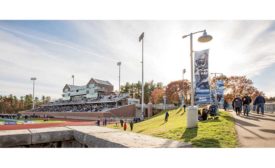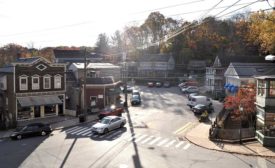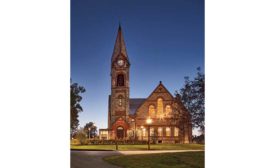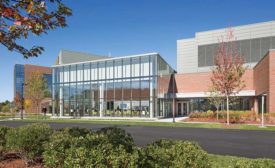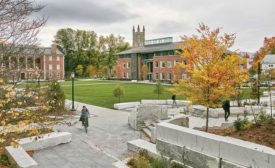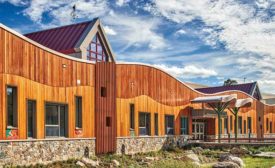New England
ENR New England's 2017 Best Projects
ENR New England's 2017 Best Projects
Award of Merit Sports/Entertainment: University of New Hampshire Wildcat Stadium
November 21, 2017
ENR New England's 2017 Best Projects
Award of Merit Small Project (Under $10 million): Downtown Transit Center
November 21, 2017
ENR New England's 2017 Best Projects
Best Project Small Project (Under $10 million): Main Street Bridge Replacement
November 21, 2017
ENR New England's 2017 Best Projects
Award of Merit Renovation/Restoration: Boston Public Library, Central Library Renovation
November 21, 2017
ENR New England's 2017 Best Projects
Best Project Renovation/Restoration: Old Chapel at UMass Amherst Restoration
November 21, 2017
ENR New England's 2017 Best Projects
Award of Merit Manufacturing: Biologics Development Building and Clinical Manufacturing Building
November 21, 2017
ENR New England's 2017 Best Projects
Best Project Landscape/Urban Development: Williams College: Demolition of Sawyer Library and Construction of New Quad
November 21, 2017
ENR New England's 2017 Best Projects
Award of Merit K-12 Education: Winthrop Middle/High School
November 21, 2017
ENR New England's 2017 Best Projects
Best Project K-12 Education: Sandy Hook Elementary School
November 21, 2017
The latest news and information
#1 Source for Construction News, Data, Rankings, Analysis, and Commentary
JOIN ENR UNLIMITEDCopyright ©2024. All Rights Reserved BNP Media.
Design, CMS, Hosting & Web Development :: ePublishing

